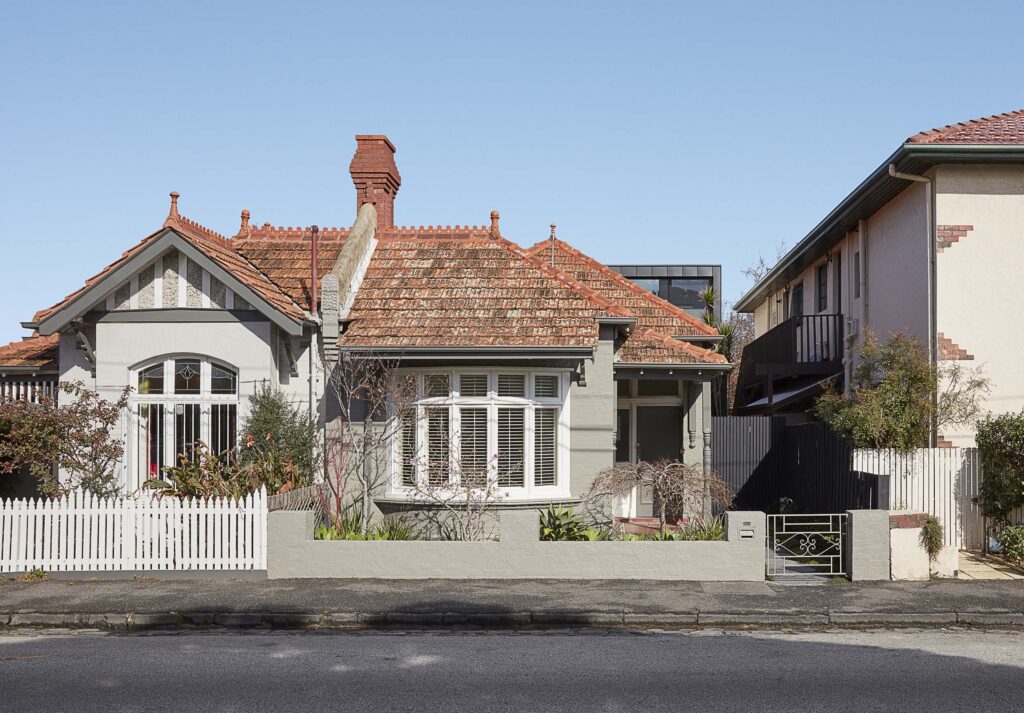How Architects Help You Manage Renovation Costs and Avoid Budget Blowouts
July 2012
Understanding and managing project costs is one of the most important aspects of any architectural project. Every project involves four key elements: scope, time, quality, and cost. Increasing quality, reducing time, or expanding the scope will naturally increase costs, while reducing costs may require compromises in one or more of the other factors. Maintaining regular communication and tracking your budget against actual costs is essential for achieving a successful outcome.
Project Budget
At the start of your project, you and your architect should agree on a target project budget. This budget should clearly outline what is included and what is excluded. Included items generally cover construction costs, taking into account site conditions, difficult access, and any special materials or finishes. Architect and consultant fees, local authority and statutory charges, cost escalation due to inflation, and contingencies for market conditions or unknown site factors should also be accounted for. You may also need to include allowances for design changes, soft furnishings, specialist equipment, insurances, and potential delays caused by approvals, industrial action, or weather.
It is just as important to note what is excluded from your budget. Legal or marketing fees, land or building purchase costs, finance or holding charges, relocation or business interruption costs, GST, and post-construction items such as artwork, blinds, or tenant fit-outs often fall outside the budget. Your overall budget will be influenced by the size, timeline, and desired quality of your project, and it may be necessary to adjust expectations to achieve a balanced outcome.

Estimates
Your architect will provide cost estimates at each stage of the project. These estimates are professional opinions based on experience and available data, not fixed quotes. Large or complex projects may require input from a quantity surveyor for a more detailed estimate. Estimates should be presented in line with the budget’s inclusions and exclusions, allowing you to directly compare projected costs with available funds.
Concept and Schematic Design
During the initial design stage, the architect prepares a concept or schematic design along with a first cost estimate. This estimate allows you to see how the design aligns with your budget. If there are variances, you and your architect can discuss adjustments to the design or budget before proceeding. Contingency allowances are included at this stage to account for unresolved or unforeseen elements.
Developed Design
As the schematic design evolves into the developed design, the project becomes more detailed. Materials, finishes, and other design elements are finalised, and cost estimates become more precise. Some contingency allowances remain, as there are still aspects of the project that may not be fully resolved.
Contract and Construction Documentation
Before tenders are called, your architect provides a pre-tender estimate based on completed contract documentation. By this stage, most project costs, including consultant fees and authority charges, should be known. Comparing the tendered prices to the estimate helps identify discrepancies or misunderstandings in the project scope. If the tender prices exceed your budget, options include negotiating scope or price with the builder, or staging the project to align with available funds.
Contingencies
Throughout all stages of the project, your budget should include contingency allowances. These cover unresolved or unexpected costs that may arise during design, documentation, or construction. Contingency allowances are sized according to the project’s complexity and decrease as uncertainties are resolved.
Cost Management
Your architect will monitor costs throughout the project. They will alert you to issues that could impact the budget and provide ongoing cost management during construction. This ensures that valuations, adjustments, and approvals are tracked, giving you certainty that the project remains within budget.
Conclusion
As a client, you are an integral part of the project team. Maintaining clear communication with your architect allows you to make informed decisions, maximise value for money, and avoid unexpected costs. Agreeing in writing on the scope and cost of architectural services, ideally using the Institute Client and Architect Agreement, ensures clarity on responsibilities for cost estimates and budget management throughout the project.
If you have a project in mind, we’d love to hear about it. You can reach us here.
